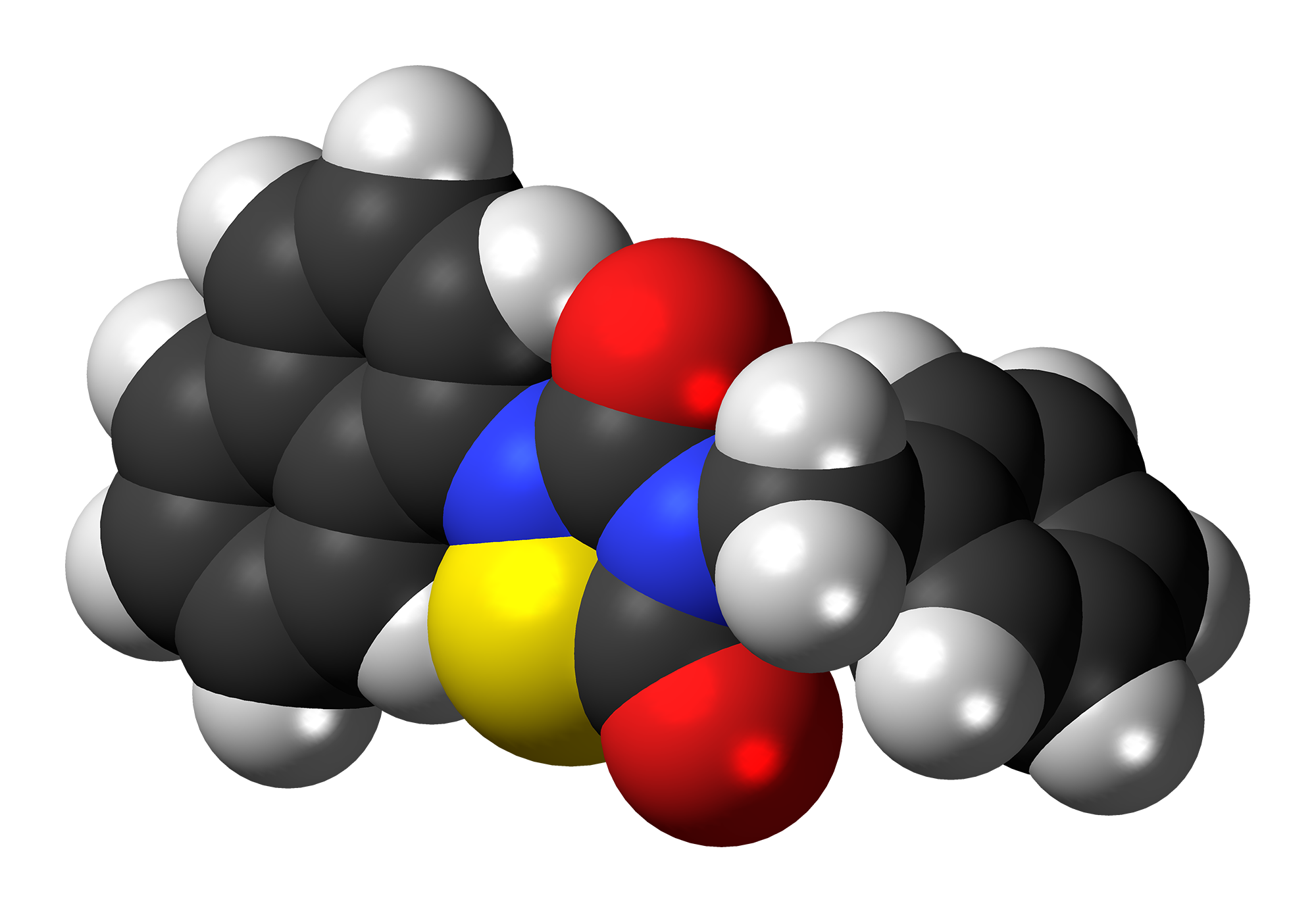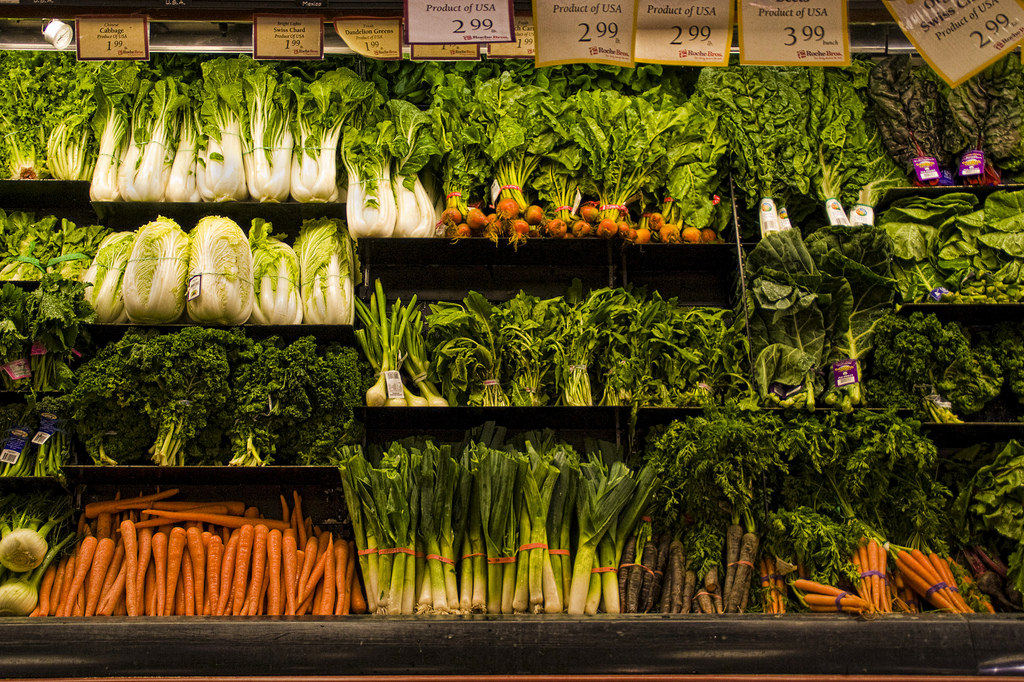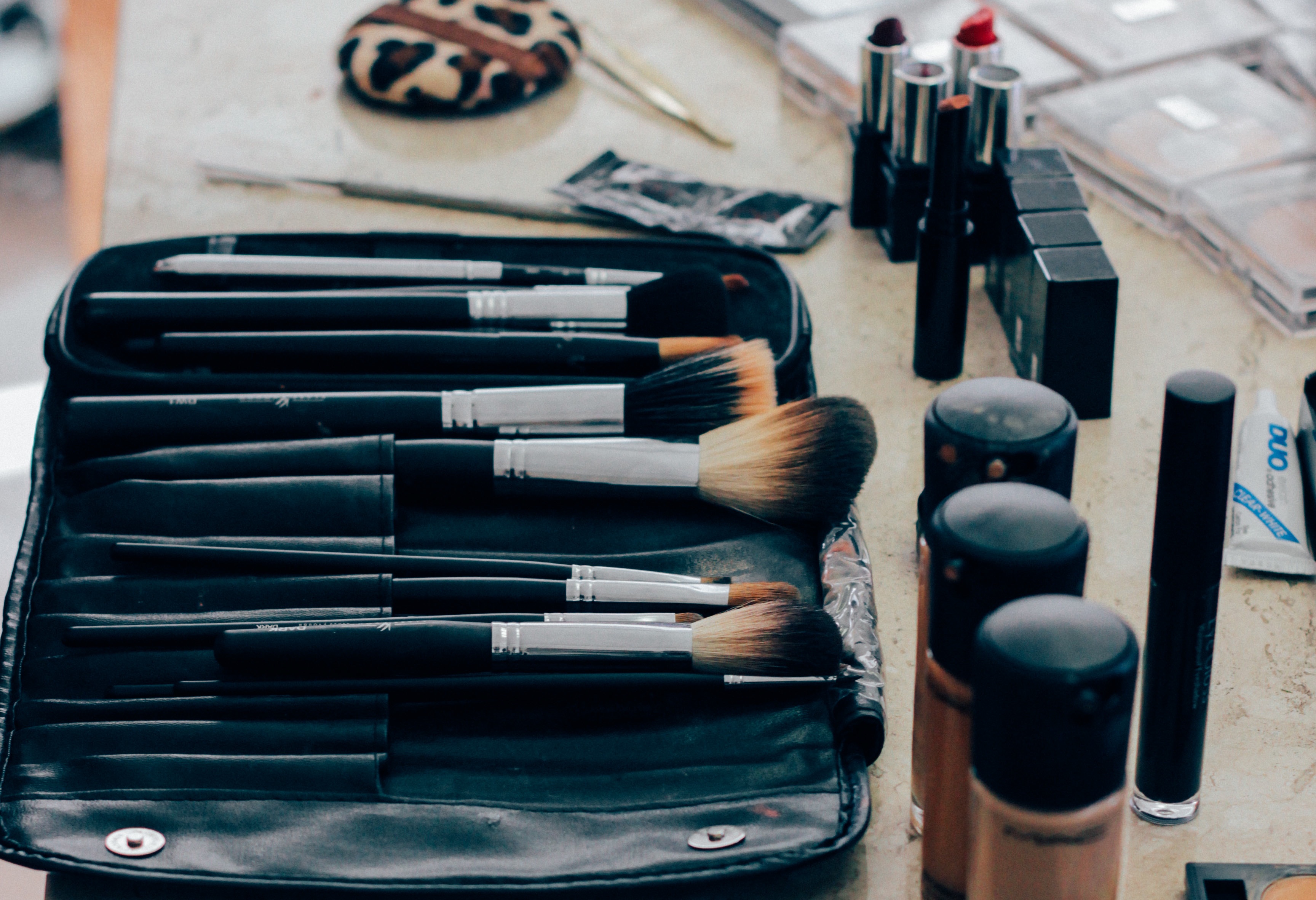
Photo courtesy Drexel University
Drexel University’s freshman dining plan is a scam. Students pay thousands of dollars a year, in exchange for dining options that leave them both wanting and needing more.
Since my first term at Drexel this fall, I have found myself spending tons of extra money on food beyond the dining plan since there are not many options offered at the dining halls and those that are available do not cater to my needs.
The food options provided by Aramark within Drexel’s freshman meal plan are limited. Urban Eatery only has one station, which rotates its food options and a few others with options that never change. The consistent options are either unhealthy or boring: pizza, burgers, pasta, sandwiches and salad.
In order to stay healthy, our bodies require variety. Being such, it’s not possible to sustain them on Urban Eatery’s food options alone. Since Drexel is a diverse community consisting of students from around the world, it is not surprising that rotating food options do not always appeal to all students. Nevertheless, devoid of a variety of options, these students are forced to eat the consistent food options, which let’s be real, do not taste that great. If there’s any place that knows how to mess up something as simple as a burger, it’s Urban Eatery.
The Handschumacher Dining Center also features rotating food options, which are rarely healthy, forcing students to resort to eating salad and sandwiches for every meal in order to stay healthy. As mentioned before, this system does not provide our bodies with variety, which does not allow us to be fully healthy and nutritional.
Both the Hans and Urban Eatery also have inconvenient hours of operation.
Hans is only open till 7 p.m. on most weekdays, and till 2 p.m. on Fridays, and completely shuts down on the weekends.
Urban Eatery is open until 8 p.m. every day of the week. The only dining options left after 8 p.m. on any given day is Northside Dining Terrace, which only accepts Dining Dollars. This dining facility charges higher than normal prices for food from Subway, Chick-fil-A and the Market, causing students who get hungry after 8 p.m. to quickly use up their Dining Dollars.
After freshmen use up their Dining Dollars, they do not have any options covered by the dining plan for food after 8 p.m. This causes students like me to spend extra money on food that should be provided through the couple-thousand-dollar dining plan each freshman is forced to pay for.
Drexel’s freshman meal plans are set up for the food provider’s profit rather than to provide students with reasonable dining options. Meal swipes, which can only be used at Hans and Urban Eatery, are limited to 3 per day during certain time slots. And, for example, if you do not use a meal swipe during the first time-slot, you are only allowed two meal swipes for the rest of the day.
This system makes it impossible for students to use up their meal swipes. Basically, students are paying for meal swipes that they inevitably waste due to the meal swipe hours. The most common reason students miss the meal-swipe times slots is because of class scheduling conflicts. Students should not have to plan their day according to meal-swipe time slots and live in constant worry of using up meal swipes.
When you’re living life on the meal plan, it can be easy to forget that Philadelphia is a very culturally diverse city with a wide range of food options. Students should be able to take advantage of these options.
Food trucks are scattered around campus and other good options are also within walking distance. I think students should be able to spend their money on the food they choose, rather than being forced to spend their money on a dining plan that leaves them wanting more and giving students the ability to spend their money on food options they like would be beneficial to the freshman class’s health and well-being.
Good food is something we need to get through the day and having to eat boring, repetitive daily meals does not help with the stress every Drexel student faces. The 10-week quarter system is overwhelming enough and students should not have to worry about their meals as much as they worry about exams.
Hunger is a basic physiological need. It should not be taken advantage of for a business scheme. Aramark, the health and well-being of students should be your priority, not something you write off in the name of profit.








